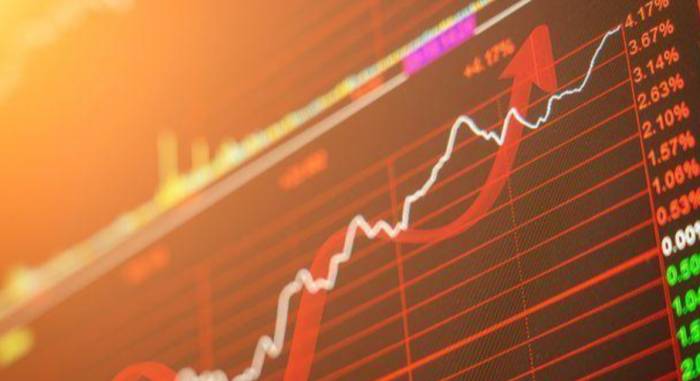01, U.S. Stocks
As of this morning's closing, the Dow Jones Industrial Average fell by nearly 800 points, with the largest intraday drop reaching 950 points compared to yesterday's close. Looking back, these three trading days have almost all been in decline. Although the U.S. stocks opened higher on Tuesday due to the "good" CPI data, the market then saw a downturn, with profit-taking and concerns about hawkish remarks from the Federal Reserve affecting the market. As a result, the stock market on Wednesday also rose and then fell, turning from a gain to a loss after the Fed confirmed a 50 basis point rate hike, and fell again after Powell's speech. From Tuesday's high of 34,712 points to yesterday's close, the market has fallen by 1,500 points in three trading days. Last night, the Nasdaq index fell even more, reaching 3.23%, and the annual decline of the Nasdaq index once again exceeded 30%.
02, Recession
After the dust settles on the Fed's rate hike, the market will not have to consider the issue of rate hikes for at least another month. Now, more attention is focused on economic data. Ultimately, the biggest concern is when and how severe a recession in the United States will be.In fact, people have always turned a blind eye to the signals of recession. The inversion of US Treasury bond yields has been going on for more than half a year, and the gap is getting larger and larger.
Based on past experience, the United States has never been able to escape a recession after similar phenomena occurred.
Moreover, Powell believes that it is not yet time to make changes, which means that there will definitely be interest rate hikes in February next year. If it really happens as the market expects, with only a 25 basis point increase, then there will definitely be multiple interest rate hikes in the future to raise the terminal interest rate to above 5%.
03, Impact
At present, the UK has announced that it has entered a recession and believes that it will not end until at least 2024.
For the time being, the United States and the eurozone have not confirmed a recession, but perhaps the United States has already entered the earliest stage of a recession.
Anyway, due to the continuous interest rate hikes by the United States, the global interest rate environment has been greatly increased. This is the greatest impact on the economies of various countries.
The US PMI data is below 50, and the European PMI data is also below 50. The low overseas purchasing managers' index will also have a significant impact on our country's trade exports.
So we also see that this year's export growth rate, looking at the monthly data, has a significant year-on-year decline, with a reduction of 26.7 percentage points in November compared to July.
In July, the year-on-year growth was 18%, which dropped to 5.7% in September, a decrease of 0.3% in October, and a significant decline of 8.7% in November.Therefore, we still need to put in a lot of effort in trade in 2023.
However, fortunately, we made significant progress in trade in 2022. If we encounter certain difficulties in 2023, we can still exert efforts from other angles, which is domestic demand!

In the past two days, the high-level meetings have been held intensively, and corresponding arrangements have been made. With the adjustment of epidemic prevention policies, it is believed that consumption will rebound strongly in the future.
This year's consumption performance is relatively poor. If consumption can grow significantly next year, it may just offset the drag on exports.